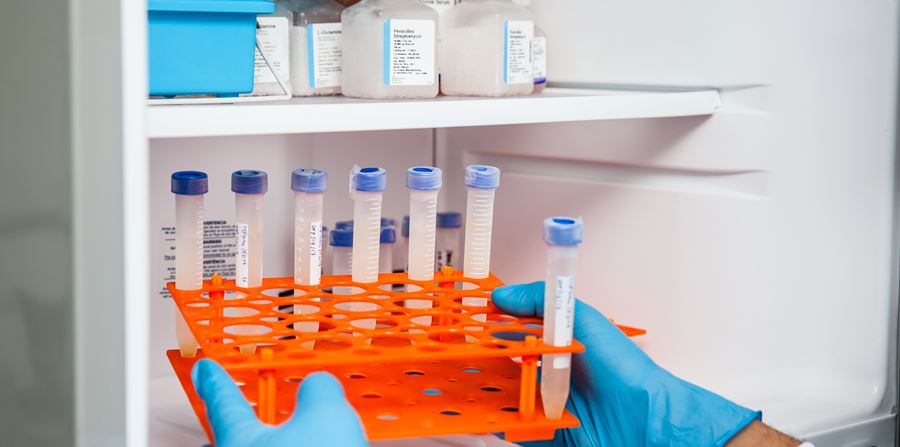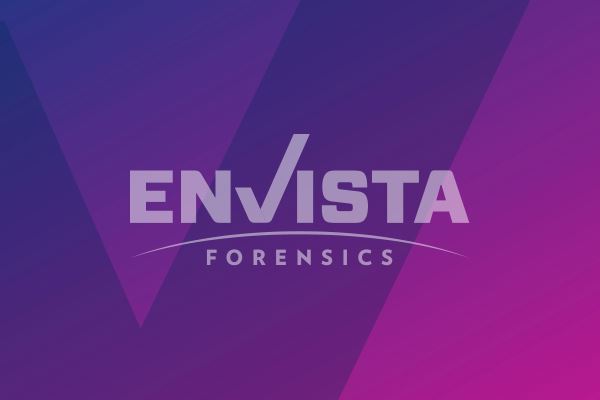What Happens When Medical or Laboratory Refrigeration Storage Fails?

We are all accustomed to using a refrigerator in our homes to store food and beverages, and many of us can relate to the inconvenience of a power outage and the frustration that comes when the refrigerator fails and your cold and frozen food spoils. Replacement of the spoiled food and potentially the refrigerator itself can be a costly experience for a homeowner.
Now imagine a refrigerator or freezer of similar size to your household refrigerator, or perhaps even smaller, fails and spoils the contents inside that cost hundreds of thousands or even millions of dollars to replace. This is the case when investigating failures of refrigerator and freezer systems storing pharmaceutical and biomedical contents in medical and laboratory industries.
Medical and laboratory facilities utilize refrigerators and freezers to store a wide variety of contents, such as vaccines, cells, tissues, pharmaceuticals, specimens, enzymes, blood, and plasma. It is imperative for the integrity of a laboratory's research, as well as patients' safety, that contents are stored within their specified storage temperature range. Any unplanned or uncontrolled deviation from the temperature-controlled environment can compromise the contents being stored, ultimately making them unusable.
In this article, we will discuss the different types of refrigeration and freezer systems, common failure modes, and how to investigate the cause of failure involving medical or laboratory-grade refrigeration systems.
Types of Medical and Laboratory Refrigeration Systems
Different contents require different environmental storage specifications and as a result, there is a multitude of different refrigerator and freezer systems on the market that are suitable for different applications, whether it's for someone's home or for a medical laboratory.
Ultra-Low Temperature Freezers (ULT)
The majority of the standard medical or laboratory-grade refrigerators and freezers and Ultra-Low Temperature (ULT) freezers utilize the standard mechanical compression refrigeration system. The refrigeration circuit is a closed-loop system involving a compressor, condenser, and evaporator. The compressor pressurizes refrigerant gas and it travels to the condenser, which cools the gas to change its state from gas to a liquid. The pressure then is reduced and the liquid refrigerant travels through the evaporator, which is utilized to cool incoming air to be dispersed within the cold storage compartment. As the liquid refrigerant travels through the evaporator, it pulls the heat from the air, which causes the refrigerant to change its state back to a gas before it returns to the compressor to continue the refrigeration loop. A ULT freezer is typically configured with a two-stage system that consists of two refrigeration circuits in order to achieve ultra-low cooling temperatures.
Cryogenic freezers
Cryogenic freezers can store contents at temperatures of -180°C (-292°F). In this case, liquid nitrogen is utilized to achieve these freezing temperatures. Evaporation of the liquid nitrogen does occur, which requires the liquid nitrogen to be replenished over time. Cryogenic freezers can be manually filled or automatically filled, dependent on the model.
Many medical or laboratory-grade refrigeration systems share common features. These units have highly accurate temperature control in order to maintain a uniform temperature within the storage compartment. The units are often designed with a microprocessor-based controller, which enables the user to set temperature parameters (i.e. temperature set point, high/low temp alarm, security access codes) and access data (i.e. temperature, alarm codes, system status), many units even have recorders that store historical temperature data. As a security feature, some units have internal audible alarm systems and can communicate with building management systems or other remote communication devices to notify staff when there is an alarm or temperature malfunction. ULT freezers can also be furnished with a backup liquid unit, using either carbon dioxide or liquid nitrogen, that will help keep the stored contents cold in the event of a failure in the primary refrigeration system.
How to Investigate Common Medical Refrigeration Failure
One of the most necessary details related to an insurance claim involving a medical or laboratory-grade refrigeration system is determining why and how it failed or malfunctioned. What was the cause of the loss? Why did the unit fail to keep the contents cool? Did the alarm notification system operate as designed? These are all very important questions that must be investigated to determine the cause of failure and potentially why the contents within the unit were affected.
A refrigeration system can fail, and the contents can be compromised for multiple reasons including the loss of power, power surge, mechanical breakdown, communication failure, controller malfunction, or user error. In the event of a power loss, one of the most common causes of a failure, it is important to understand the duration in which the power outage had occurred, as well as what type of alarm notification system was installed on the unit.
After a failure like this, an investigator would ask and examine:
- Was the internal battery backup, if furnished, used to power the controller in the event of a power outage functional?
- Was the alarm system connected?
- If yes, did it communicate with the building management system or remote communication system?
- Did the remote communication distribute an alert notification (via phone call, text, or email) as designed?
It is important to check the communication and alarm history logs and perform functional testing of the alarm system to verify proper operation. Medical and laboratory facilities often have emergency plans to address how to respond in the event of a refrigeration system failure. With proper notification, if proper personnel are aware that there is a problem with the refrigeration unit, contents can likely be saved.
These refrigeration systems can also experience control system malfunction, which can include an issue with the controller or sensors (i.e. temperature, pressure, etc.). Functional testing of the unit can be performed to confirm the system malfunction, as well as component-level testing to verify the mechanical and electrical condition of the device. These component-level failures can be the result of a power fluctuation, power surge, internal mechanical breakdown, wear and tear, or a software error.
There are also situations in which human error occurs. Some examples of human error include:
- A circuit breaker accidentally opened powering off the unit
- The unit is accidentally unplugged
- The alarm notification is missed
- A communication cable to the remote alarm device is accidentally disconnected
- Improper or insufficient refills of coolants (carbon dioxide and/or liquid nitrogen for cryogenic systems or ULTs)
- Supply levels are improperly maintained
Conclusion
There are many different types of refrigeration systems utilized in the medical and laboratory industry. In the event of a failure of the refrigeration system, the contents being stored can be very expensive to replace. These situations can, and do, occur. In response to these failures, field inspections, system testing, and collection of the controller notification system data are critical in order to determine the cause of loss and verify the functional condition of the equipment.
Our experts are ready to help.


